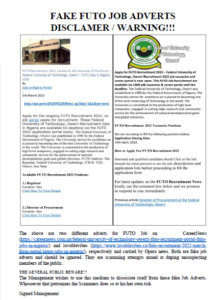Demand Analysis of the Nigerian Shipping Market This work, demand analysis of the Nigerian shipping market is derived from the backdrop of low industry participation of Nigeria in both the international and coastal shipping markets covering the years between 1988 and 2005. The work adopted the use of regression analytical methods to investigate the behaviour of the demand side of the Nigerian shipping market, assess the economic variables that interplay in the determination of shipping demand, determine whether shipping freight is consistent with the gravity model, and finally estimate the demand of different cargo types in the shipping sector. Shipping freight was found to be consistent with the gravity model. Again, the crude petroleum sector, the bulk cement sector and the general merchant sector were all analysed to ascertain their contribution to the entire market sector. In the modal distribution of the shipping demand, the rail sector made no significant contribution, the water sector i.e. inland/coastal shipping sector made a negative contribution, while the road sector made positive impacts. The findings showed that the quantity of crude shipped was significantly influenced by GDP alone while the quantity of bulk cement shipped was significantly influenced by mean shipping freight alone. Quantitative analysis of shipping capacity using the UNCTAD 40:40:20 formula was made to determine Nigeria’s own share under the policy. The work thus identified areas where government policy on shipping can yield better results. Investments in the rail sector and the cabotage/coastal short-sea-shipping sector were emphasized. The number of ships to be acquired was also calculated in line with UNCTAD 40:40:20 formula.


